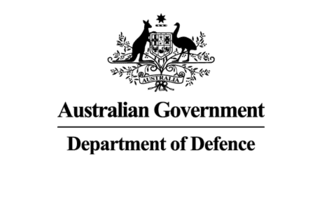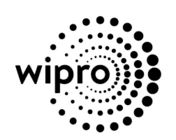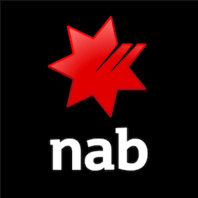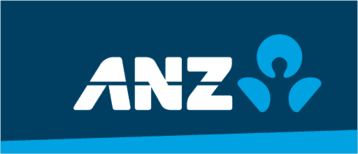

course overview
Overview
Information Storage and Management (ISM) is a unique course that provides a comprehensive understanding of the various storage infrastructure components in data center environments. It enables participants to make informed decisions on storage-related technologies in an increasingly complex IT environment, which is fast changing with the adoption of software-defined infrastructure management and third platform technologies (cloud, Big Data, social, and mobile technologies). It provides a strong understanding of storage technologies and prepares participants for advanced concepts, technologies, and processes. Participants will learn the architectures, features, and benefits of intelligent storage systems including block-based, file-based, object-based, and unified storage; software-defined storage; storage networking technologies such as FC SAN, IP SAN, and FCoE SAN; business continuity solutions such as backup and replication; the highly-critical area of information security; and storage infrastructure management. This course takes an open-approach to describe all the concepts and technologies, which are further illustrated and reinforced with EMC-related product examples.
Audience
Skills Gained
Upon successful completion of this course, participants should be able to:
Prerequisites
To understand the content and successfully complete this course, a participant must have a basic understanding of computer architecture, operating systems, networking, and databases
· Participants with experience in specific segments of storage infrastructure would also be able to assimilate the course material
Outline
The content of this course is designed to support the course objectives.
Digital data and its types
Information storage
Key characteristics of data center
Evolution of computing platforms
Cloud computing and its essential characteristics
Cloud services and cloud deployment models
Big data analytics
Social networking and mobile computing
Characteristics of third platform infrastructure
Imperatives for third platform transformation
Building blocks of a data center
Compute systems and compute virtualization
Software-defined data center
Components of an intelligent storage system
Components, addressing, and performance of hard disk drives and solid state drives
RAID
Types of intelligent storage systems
Scale-up and scale-out storage architecture
Components of block-based storage system
Storage provisioning and storage tiering
Components and architecture of NAS
NAS file sharing methods
File-level virtualization and tiering
Components of object-based storage device (OSD)
Key features of OSD
Storage and retrieval process in OSD system
Unified storage architecture
Attributes of software-defined storage
Architecture of software-defined storage
Functions of the control plane
Software-defined storage extensibility
Software-defined networking
FC SAN components and architecture
FC SAN topologies, link aggregation, and zoning
Virtualization in FC SAN environment
If you need training for 3 or more people, you should ask us about onsite training. Putting aside the obvious location benefit, content can be customised to better meet your business objectives and more can be covered than in a public classroom. Its a cost effective option. One on one training can be delivered too, at reasonable rates.
Submit an enquiry from any page on this site, and let us know you are interested in the requirements box, or simply mention it when we contact you.
All $ prices are in USD unless it’s a NZ or AU date
SPVC = Self Paced Virtual Class
LVC = Live Virtual Class
Our clients have included prestigious national organisations such as Oxford University Press, multi-national private corporations such as JP Morgan and HSBC, as well as public sector institutions such as the Department of Defence and the Department of Health.












